Donald Trump is campaigning hard on protectionism, promising to bring skilled manual jobs back onshore. What will that look like? Huge tariffs on imports, foreign companies unable to “steal” American jobs, a re-industrialization of the heartlands of the United States. But here’s the catch: a trade war on the scale that Trump is promising is simply not feasible. He is bluffing.
There is no question that Trump is ramping up protectionist rhetoric. “American workers will no longer be worried about losing their jobs to foreign nations,” he told a rally yesterday. “Vote for Trump, and you will see a mass exodus of manufacturing from China to Pennsylvania, from Korea to North Carolina, from Germany to right here in Georgia.” Cars manufactured in Mexico could face tariffs of 100 percent or more, while companies such as the agricultural machinery maker John Deere could face levies of 200 percent or more if they shift factories to lower-cost countries. It would be the toughest trade policy of the post-war era, and go far beyond even the steep tariffs President Biden has imposed on China.
But this just isn’t credible. First, tariffs on that scale would plunge the global economy into a deep recession. The US is the world’s largest importer of goods, accounting for around 15 percent of the worldwide total. If tariffs wiped out most of that trade, which would be the purpose of them, it would destroy demand across the world. It would be a return to the trade wars of the 1930s, but amplified two or three times over. A depression on that scale would hit the US as badly as every other major economy. Next, American supply chains are simply too integrated into the rest of the global trading systems to be shut off overnight. It would cause chaos. Factories would close down because they didn’t have the parts, and shops would close because they won’t have any stock to sell. Far from reviving the American economy, it would be the start of a long recession.
In reality, the more interesting part of the Trump plan involves the more boring-sounding stuff: lower taxes and deregulation in investment zones. In contrast to the expensive subsidies and industrial plans that are the core of “Bidenomics,” Trump is planning a far more radical, free-market approach that would involve slashing red tape and ending government interference in designated areas. As it happens, that might well stimulate a boom in manufacturing, and, even better, would not involve starting a trade war. In reality, the tariffs are very similar to the wall that was going to be built along the Mexican border during his first term in the White House. It generated headlines and created a clear dividing line with the Democrats, but never actually happened. Neither will the tariffs.
This article was originally published on The Spectator’s UK website.



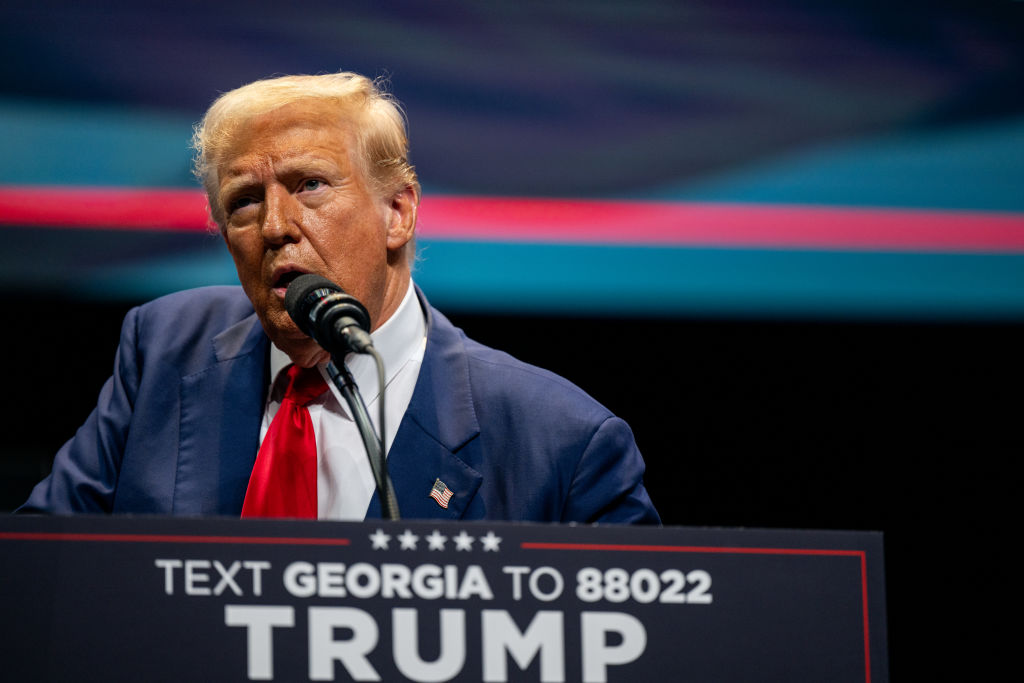







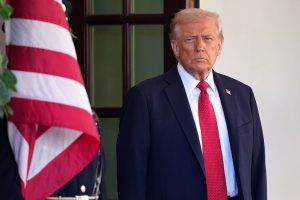

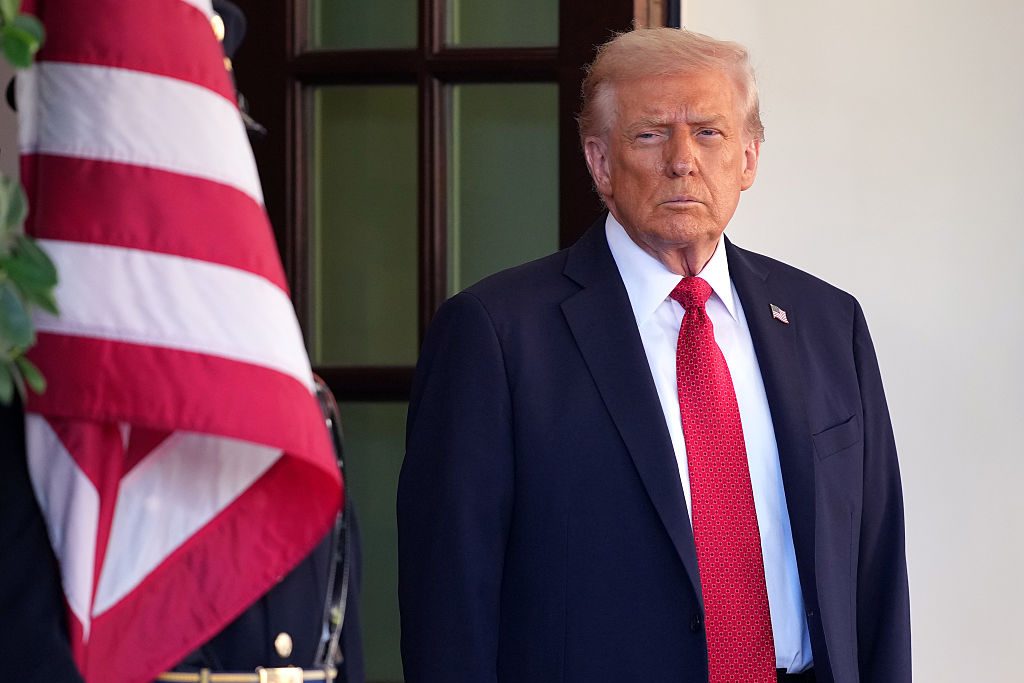

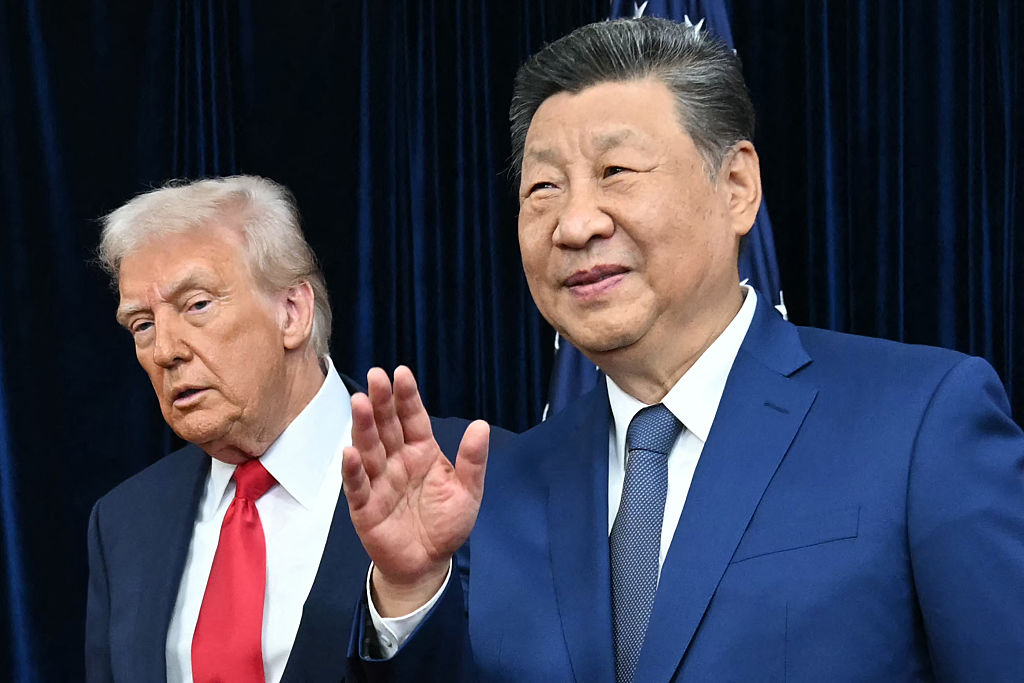
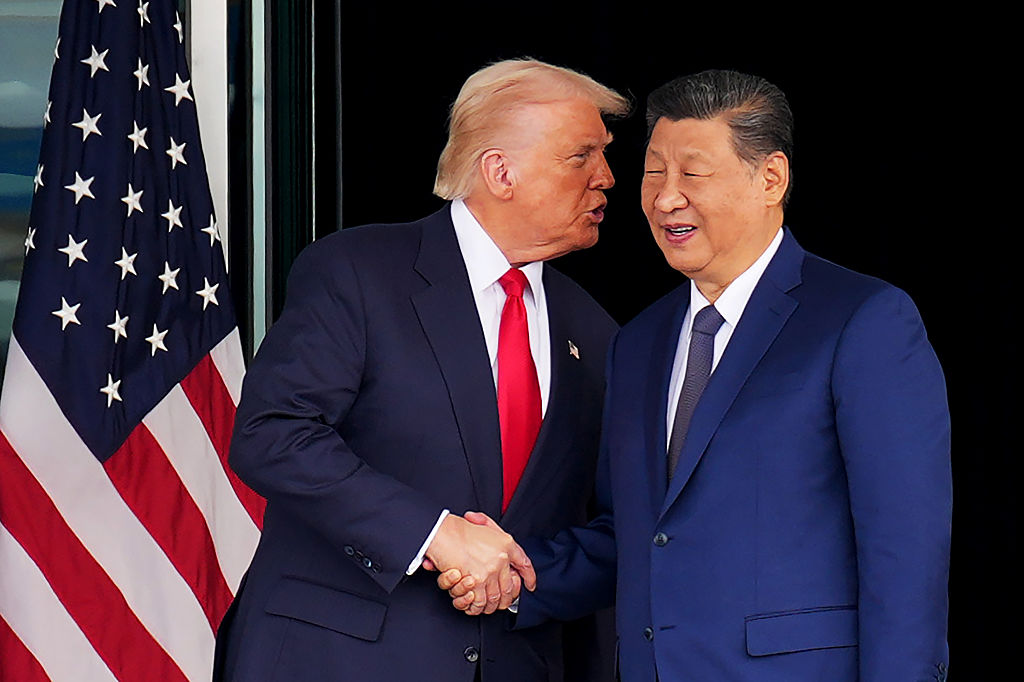
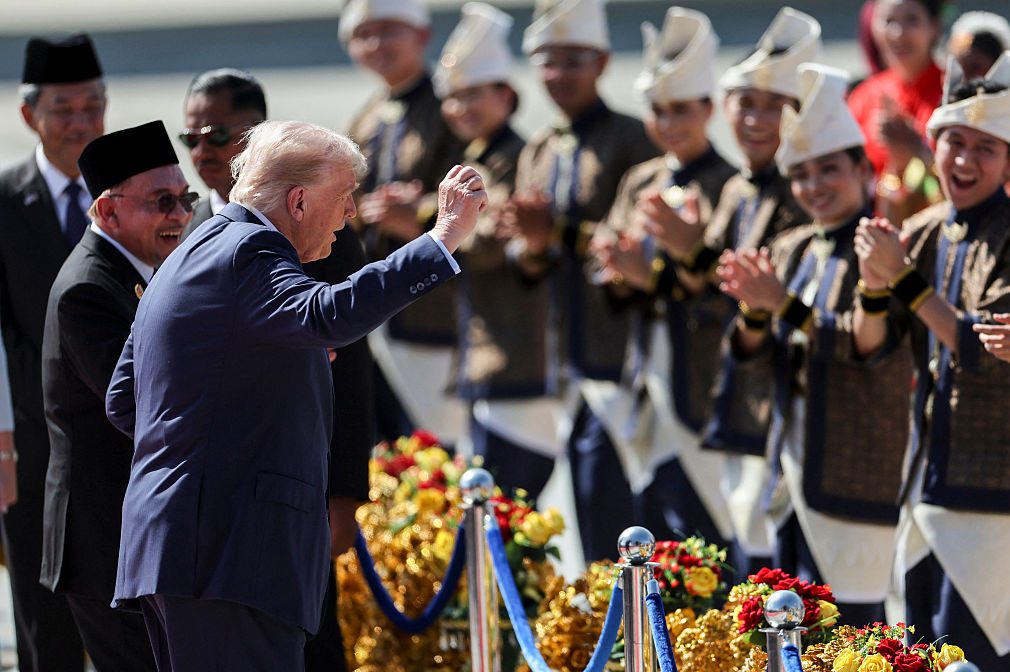
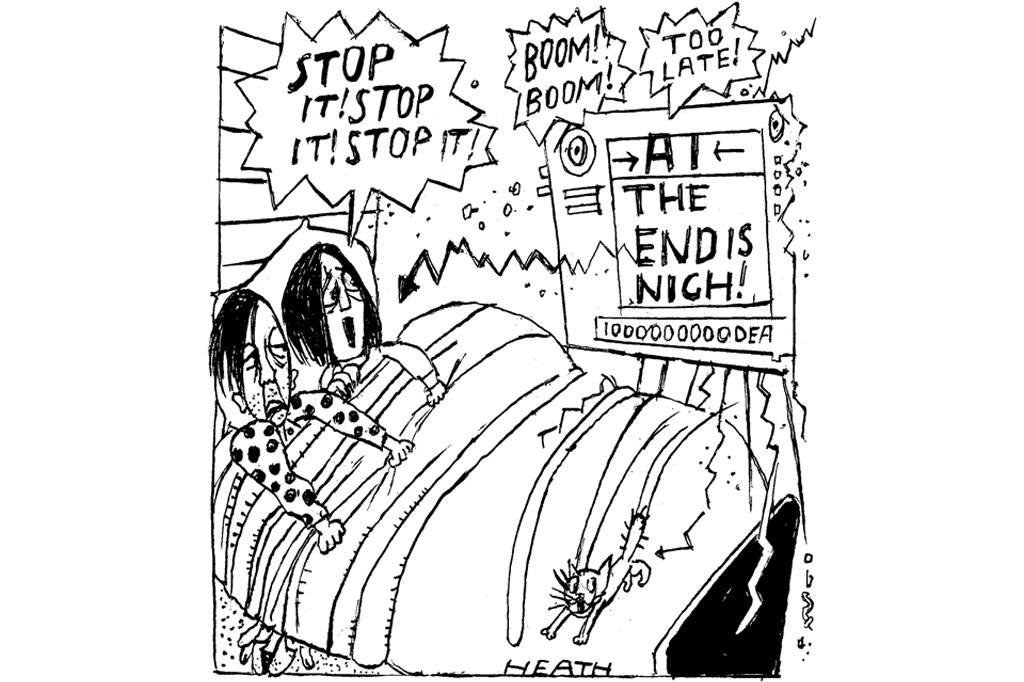







Leave a Reply